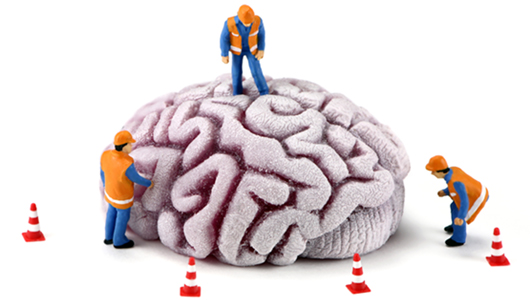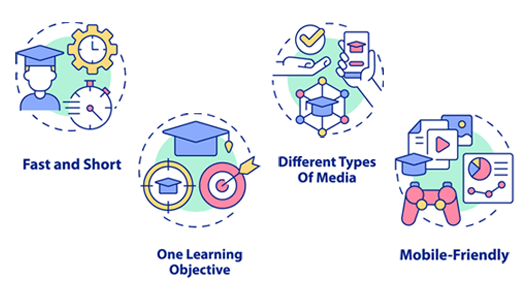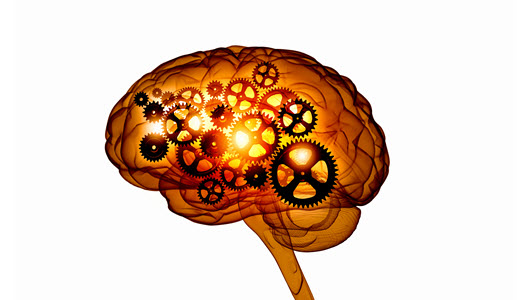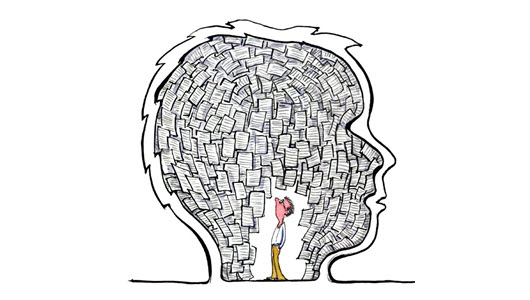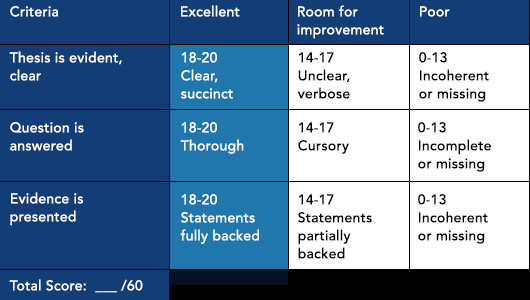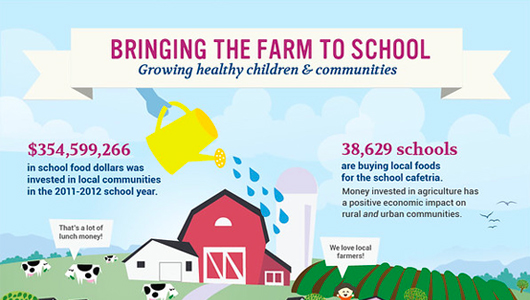Assessment
Assessment
Assessment is huge. It’s how you know students are understanding the material, and it can help you reflect and consider how well you’re meeting student needs.
Options for effective assessment can range from traditional testing and reporting measures to authentic activities such as projects that may require learners to engage in the real-life activities of investigation, collaboration, reflection, formulation, and creation. And, of course, there’s formative assessment, too –the use of no or low-stakes assessments that provide informal means of quickly assessing students’ understanding while also providing feedback to address misconceptions (Kearns, 2012).
Maybe you want some new ideas. Maybe you’re interested in using rubrics or in developing a better cycle of feedback or a system for learner self-assessment. Keep reading for ideas of how to enhance your assessment strategies.
Research and practical articles
- Kearns, L. R. (2012). Student assessment in online learning: Challenges and effective practices. Journal of Online Learning and Teaching, 8(3), 198.
- Kim, N., Smith, M. J., & Maeng, K. (2008). Assessment in online distance education: A comparison of three online programs at a university. Online Journal of Distance Learning Administration, 11(1).
- Martin, F., Ritzhaupt, A., Kumar, S., & Budhrani, K. (2019). Award-winning faculty online teaching practices: Course design, assessment and evaluation, and facilitation. The Internet and Higher Education, 42, 34-43.
- Reeves, T.C., Herrington, J., & Oliver, R. (2002). Authentic activities and online learning. In A. Goody, J. Herrington, & M.Northcote (Eds.), Quality conversations: Research and Development in Higher Education, Volume 25 (pp. 562–567). Jamison, ACT: HERDSA.
- Swan, K., Shen, J., & Hiltz, S. R. (2019). Assessment and collaboration in online learning. Online Learning, 10(1) doi: 10.24059/olj.c10i1.1770

